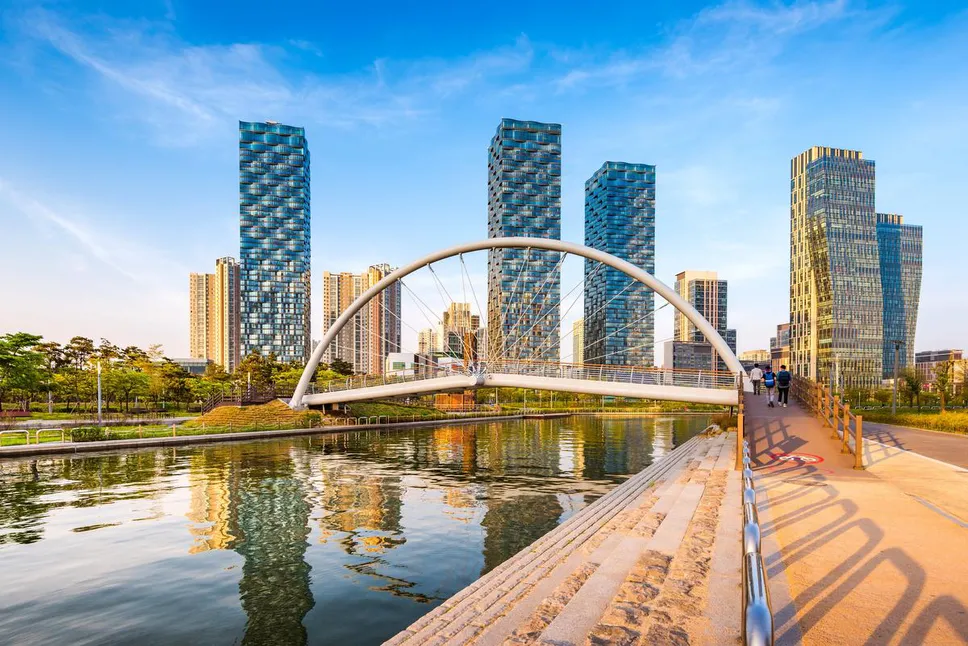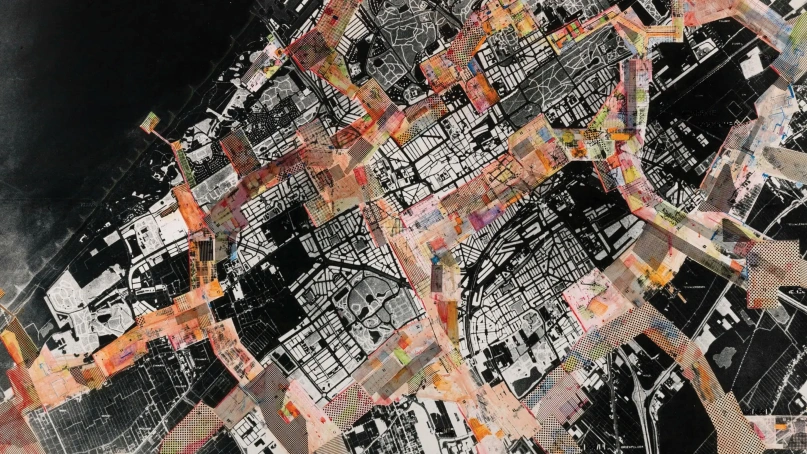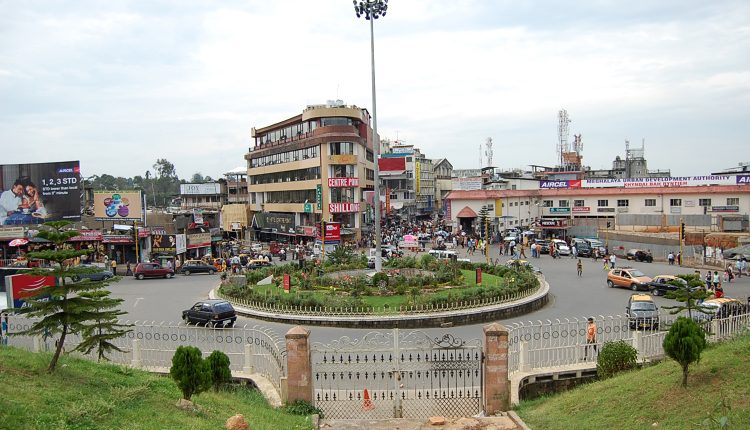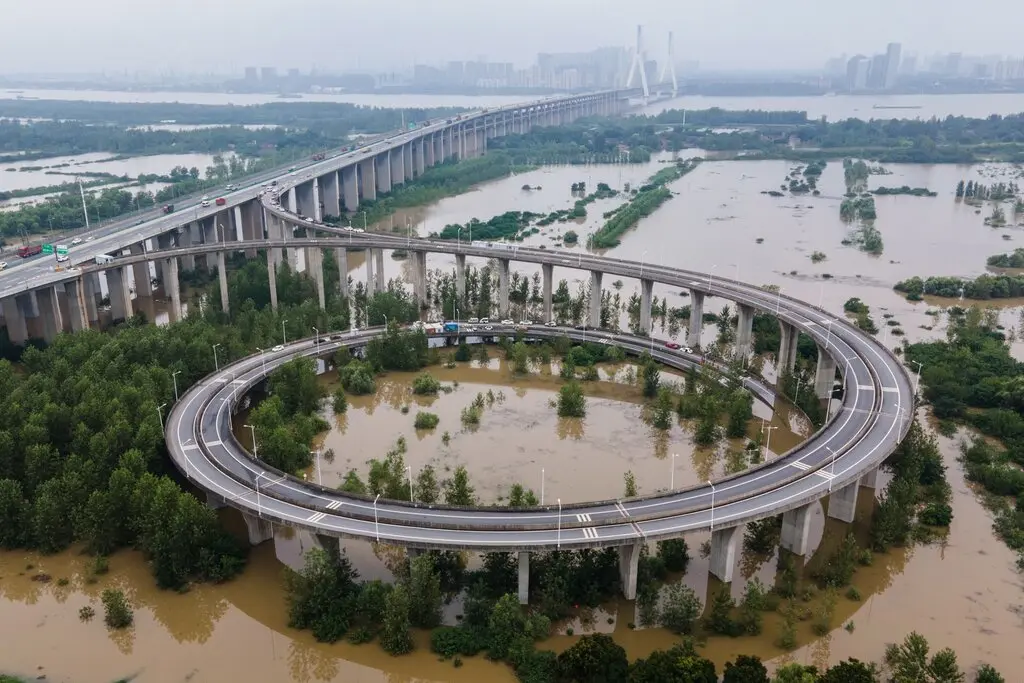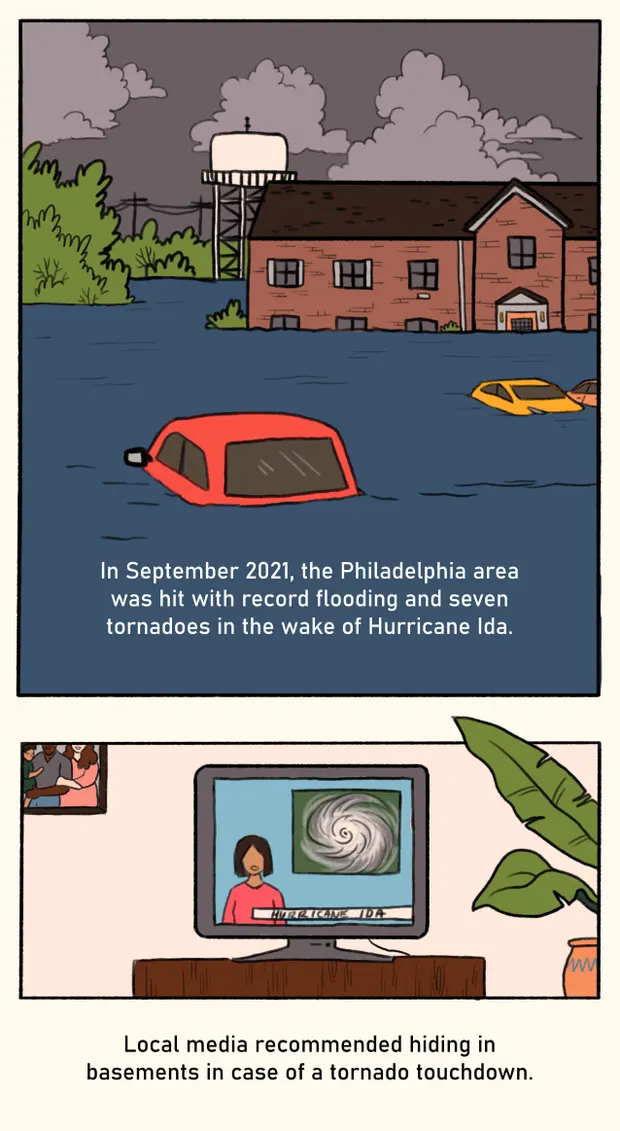
As the current New South Wales flooding highlights, it’s not enough to continue to build cities and towns based on business-as-usual planning principles — especially as these disasters tend to disproportionately affect disadvantaged populations, increasing inequality in Australia.
We need to design our urban spaces around the idea that flooding is inevitable. That means not building on flood plains, and thinking creatively about what can be done to create urban “sinks” to hold water when floods strike.
Examples from overseas show what’s possible when the political will is there.
It beggars belief this needs to be said, but it is a government responsibility to keep citizens out of harm’s way. The ongoing plans for new housing in flood-prone areas such as the Hawkesbury-Nepean Valley directly contravene that.
Understanding urban flooding requires us to contend with the underlying natural systems over which we have built our cities and towns.
We have learned the hard way we cannot effectively “design out” flooding. Instead, we must find ways to work with the natural systems of drainage and catchments. We must create urban systems to accommodate flood waters. That reduces risk to houses, schools, hospitals, businesses and other key infrastructure.
+INFO: The Conversation




